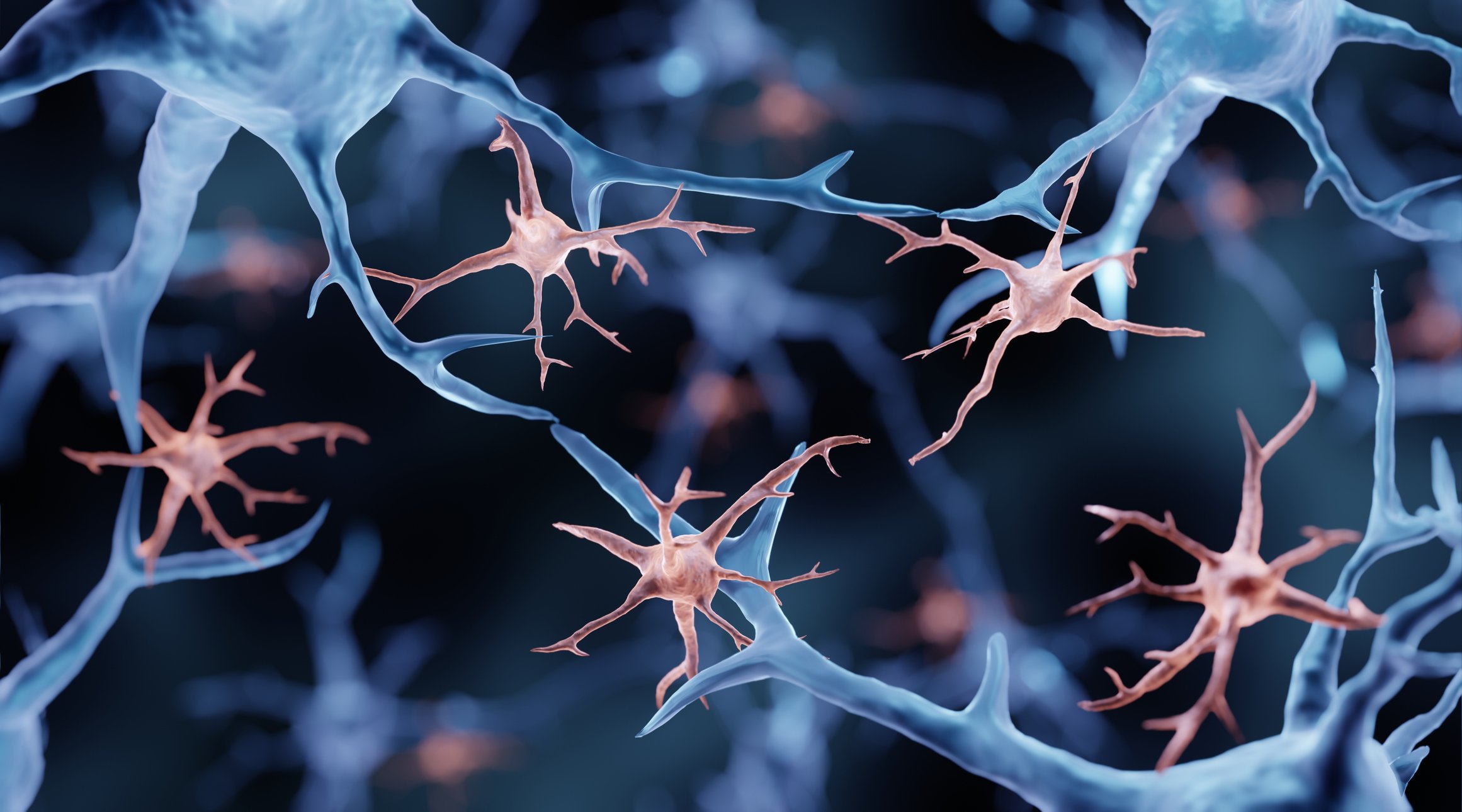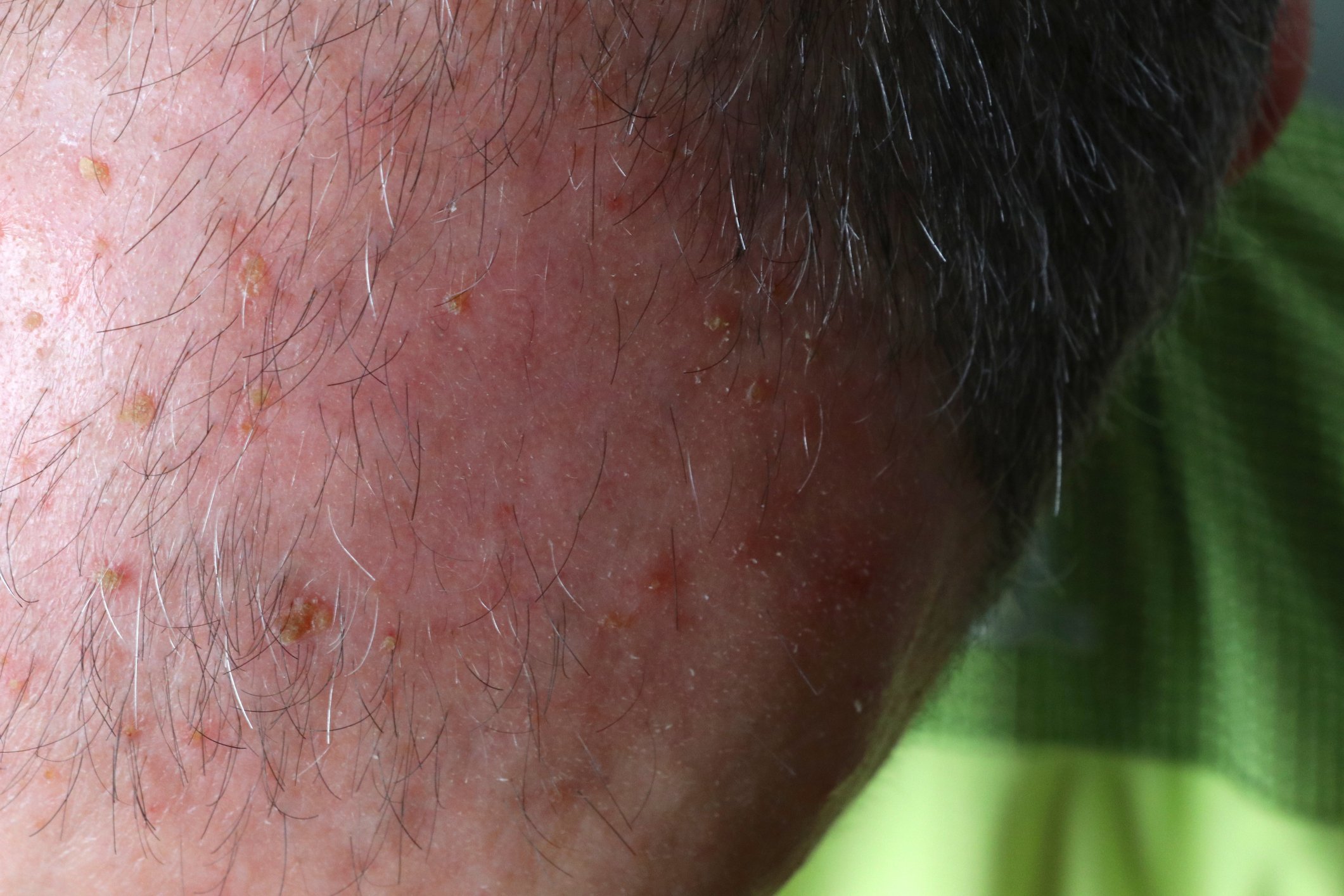Atopic dermatitis (AD) is one of the most common diseases in childhood and adolescence. An observational study evaluated the effects of dupilumab in a subpopulation of 6–11-year-old patients with moderate-to-severe AD. This showed, among other things, that skin barrier function normalized under dupilumab therapy, as reflected by reduced transepidermal water loss (TEWL).
In the Dupilumab-PEdiatric Skin Barrier Function and LIpidomics STudy in Patients With Atopic Dermatitis (PELISTAD, NCT04718870), patients aged 6 to 11 years with moderate-to-severe AD were treated with dupilumab for 16 weeks using a weight-adjusted dosing regimen** [1]. A main objective of the study was to analyze the effects of dupilumab on skin barrier function of pediatric AD patients.
** 300 mg every 4 weeks for patients with a body weight (bw) of ≥15 kg to <30 kg or 200 mg every 2 weeks for a bw ≥30 kg to <60 kg
| Atopic dermatitis (AD) is the most common inflammatory skin disease in children [6]. According to a meta-analysis, the prevalence in the 6-11 year age group ranges up to 20% [7]. AD can have a significant negative impact on quality of life for both affected children themselves and family members [6,8]. Patients with moderate to severe AD are also at increased risk for atopic comorbidities such as asthma, hay fever, and food allergies, and their psychological well-being is often affected [8,9]. |
Measurement of transepidermal water loss over time
Disruption of epidermal skin barrier function favors penetration of allergens and other environmental toxins into the epidermis and is one of the characteristic features of AD [2,3]. Skin barrier function is associated with transepidermal water loss (TEWL). If the epidermal barrier function is disturbed, i.e. if there is a deficiency or an unfavorable composition of lipids in the intercellular spaces, this leads to increased TEWL. In contrast, an improvement in skin hydration correlates with a decrease in TEWL. In the participants of the PELISTAD study (n=23), TEWL was measured longitudinally using removed skin strips (STS). TEWL values of AD patients treated with dupilumab were compared with those of skin-healthy patients. In addition, EASI (Eczema Area and Severity Index) and CDLQI (Children’s Dermatology Life Quality Index) scores were recorded.
| Dupilumab (Dupixent®) is a fully human IgG4 monoclonal antibody that had received an indication extension in Switzerland in 2022 for patients with moderate to severe atopic dermatitis (AD) aged 6 years and older. It is currently the only biologic in AD approved for this age group. The indication expansion is based on results from the Phase III LIBERTY AD PEDS study, which enrolled 367 study participants aged ≥6 to <12 years. Dupilumab binds to the α-subunit of the interleukin (IL)-4 receptor, which is part of both the IL-4 and IL-13 receptor complexes, targeting type 2 inflammation. |
| to [2,4,5] |
TEWL and CDLQI improved significantly under dupilumab therapy
The analyses showed that median TEWL$ significantly decreased after 16 weeks of dupilumab treatment, in both lesional and non-lesional skin of AD patients (p<0.0001 for lesional skin and p<0.05 for non-lesional skin compared to day 1) [1]. At week 16, the median TEWL in non-lesional skin reached a level comparable to that in healthy skin (p=0.266). The mean EASI decreased from 37.7 (SD& 11.1) at day 1 to 10.7 (SD 10.3) at week 16. An improvement was also seen in the mean CDLQI (Children’s Dermatology Life Quality Index), which decreased from 18.4 (SD 7.3) to 4.5 (SD 2.8) between day 1 and week 16.
$ after 5 STS
& SD=standard deviation
Congress: Annual Congress of the European Society for Pediatric Dermatology
Literature:
- Cork MJ, et al.: Dupilumab treatment normalizes skin barrier function in children aged 6 to 11 years with moderate-to-severe atopic dermatitis, P005, Supplement: 22nd ESPD Congress, 4–6 May 2023; Pediatric Dermatology 2023 (40: IssueS2): 10–89.
- S3-Leitlinie «Atopische Dermatitis», 2023, AWMF-Registernr. 013-027, https://register.awmf.org/de/leitlinien/detail/013-027, (letzter Abruf 11.08.2023)
- Langan SM, Irvine AD, Weidinger S. Atopic dermatitis. Lancet 2020; 396: 345–360.
- Arzneimittelinformation, www.swissmedicinfo.ch, (last accessed 11.08.2023)
- Paller AS, et al.: Rapid and sustained improvement in itch in children aged 6–11 years with severe atopic dermatitis (AD) treated with dupilumab: Analysis from the LIBERTY AD PEDS phase 3 trial. J Am Acad Dermatol 2021; 85 (Issue 3), Suppl, Page AB140.
- Napolitano M, et al.: Dupilumab Treatment in Children Aged 6–11 Years With Atopic Dermatitis: A Multicentre, Real-Life Study. Paediatr Drugs 2022; 24(6): 671–678
- Silverberg JI, et al.: Atopic dermatitis in the pediatric population. A cross sectional, international epidemiologic study. Ann Allergy Asthma Immunol 2021; 126: 417–428.
- Na CH, Chung J, Simpson EL: Quality of life and disease impact of atopic dermatitis and psoriasis on children and their families. Children (Basel) 2019; 6(12): 133.
- Hammer-Helmich L, et al.: Mental health associations with eczema, asthma and hay fever in children: A cross-sectional survey. BMJ Open 2016; 6: e012637.
DERMATOLOGIE PRAXIS 2023; 33(4): 38












